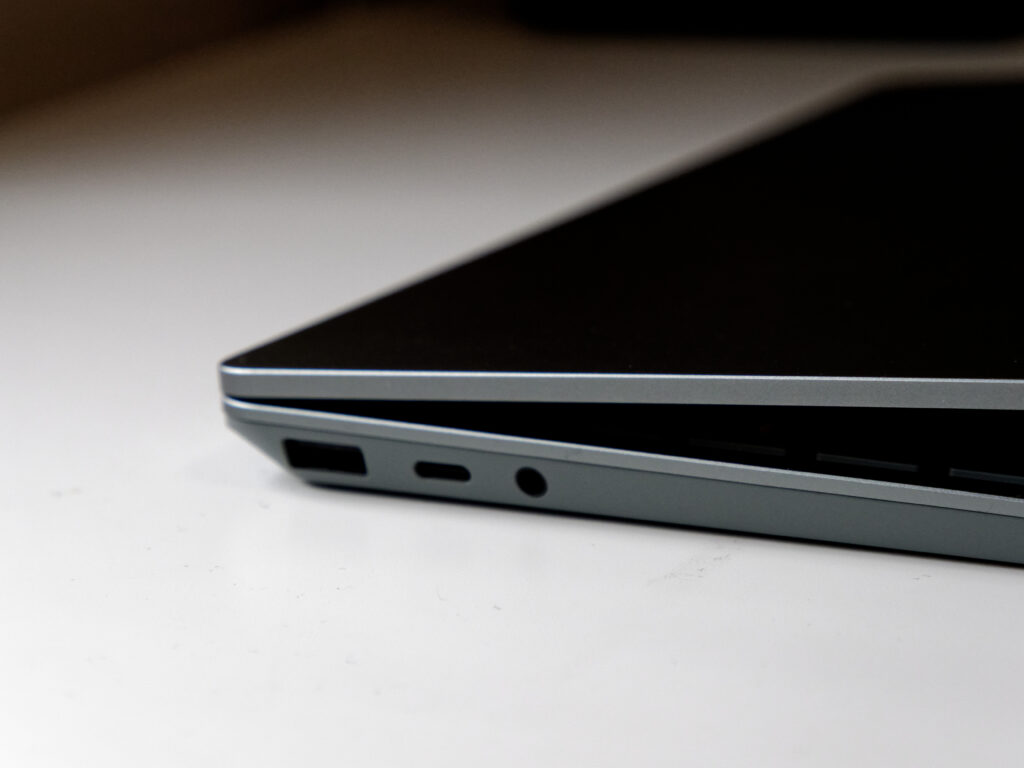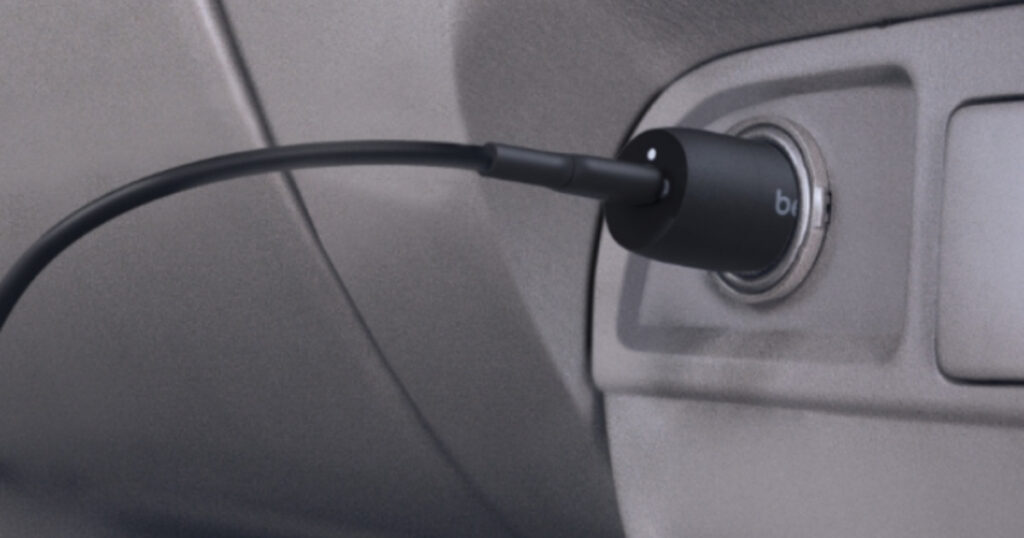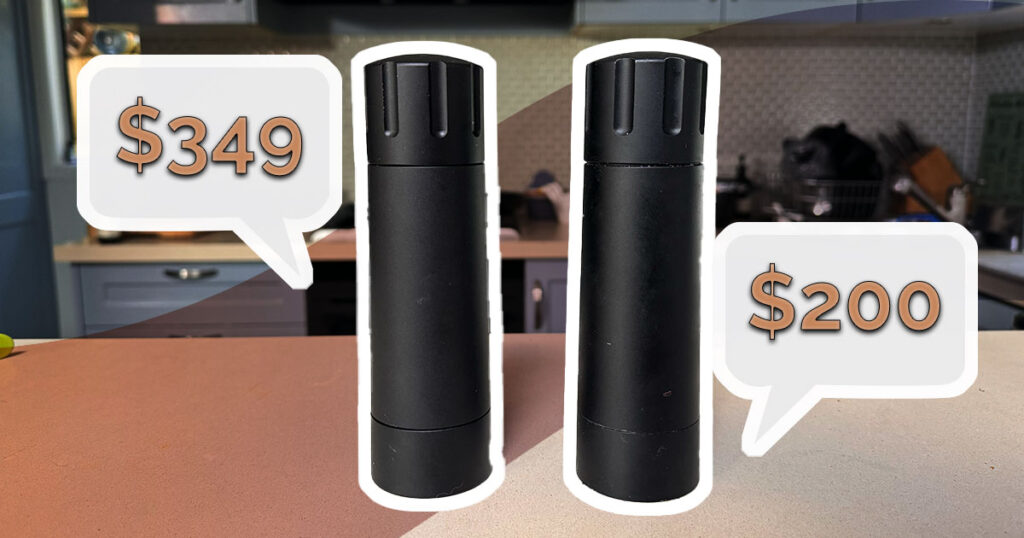The necessary installation steps and basic troubleshooting solutions for every NBN technology type.
The complete guide to NBN installation
You’ve just moved into a new apartment or house and you’re keen to get home internet sorted. For many Australians, NBN is the most readily available home internet technology. The thing is, there are multiple NBN technology types, each of which has its own quirks when it comes to installation. Here’s everything you need to know about NBN installation in Australia.
General NBN installation guide
The first step of an NBN installation is to find a plan that you want and get in touch with your chosen provider. Because the NBN rollout is complete, most homes in Australia have had the necessary installation to get online. If NBN installation is required, though, NBN Co encourages users to speak to a preferred provider before reaching out to them.
If your home hasn’t had NBN equipment installed, think about where you’d like any NBN equipment installed. Renters should also get permission from their landlord or agent for equipment locations. If an NBN technician is needed, they may also drill a hole in the wall. Your NBN provider will let you know if an NBN technician is required and organise their visit on your behalf, at an agreed time that works for you. Keep an eye out for a text or call ahead of the appointment to confirm the day and time.
For NBN equipment that goes inside the home, consider placing it in an area where most of your devices are used, within easy reach of a power outlet. NBN connection boxes inside the home have flashing lights, so you don’t want it installed in any room where anyone is sleeping. Note that NBN equipment cannot be installed in rooms that have water or steam, including bathrooms and laundries.
On installation day, someone 18 or older needs to be around to approve any installation locations or changes. NBN Co estimates a standard installation should take around two hours but allocate more time for a complex installation.
The NBN technician brings all of the necessary equipment to get internet into the home, but you’ll either need a router or modem-router to share the internet connection inside your home. Before the NBN technician leaves, they’ll test that your connection is activated and working as it should be.
Here’s a look at the most popular NBN plans from our comparison engine today.
- Report damage to NBN equipment (modem or connection box) or your property
- Complaints about an NBN contractor’s behaviour and workmanship
- Complaints about the installation location of NBN-supplied equipment
- Relevant dates of events
- Your address
- Explanation of the issue
- Expected resolution from NBN
- Relevant supporting evidence (e.g. pictures, receipts, quotations, etc.)
NBN installation cost
While your NBN provider charges a monthly fee for internet access and may have additional fees for an NBN-compatible router or modem-router, NBN installation is typically free. The main exception is for homes or businesses seeking a non-standard NBN installation, where additional costs are incurred on a case-by-case basis. Ask your NBN provider if you should expect any NBN installation costs or other fees during sign-up.
If you want to save money, here’s a look at the cheapest NBN plans today.
FTTP NBN installation
Fibre-to-the-Premises (FTTP) installation requires NBN equipment both inside and outside the home. Think about where you’d like the equipment installed. The NBN utility box is installed on the outside of the home, then a cable is run from it to an NBN connection box installed inside your home. Once installation is complete, use an Ethernet cable to connect a router or modem-router—either one you own or supplied by your NBN provider—with your NBN connection box. Connect one end of the Ethernet cable to the UNI-D1 port on the NBN connection box and the other to the WAN port on your router or modem-router.
FTTP plans are capable of the fastest NBN speeds, so here’s a look at popular NBN 1000 plans from our comparison engine.
HFC NBN installation
Hybrid Fibre Coaxial (HFC) installations don’t always need an NBN technician and there’s only equipment needed inside the home. If an NBN technician is needed, identify your coaxial wall outlet (or outlets if you have more than one) to help them identify an appropriate spot for your NBN connection box.
You may also be provided with a self-installation kit for HFC. There are two types: one for homes without pay TV and one for those with pay TV. If you don’t have pay TV, screw one end of the provided white cable into the coaxial wall outlet and the other end into the corresponding white port on the back of the NBN connection box. Connect the black power adaptor to the black port on the NBN connection box, and the other end to a power outlet. Power on your NBN connection box and wait up to 10 minutes for activation. You’ll see four green lights if everything is working.
For homes with pay TV, there are some extra steps. Your self-installation kit should have a second white coaxial cable and a splitter. Power off your pay TV set-top box, then unscrew its coaxial cable from the wall outlet. Connect one of the white coaxial cables to the same coaxial wall outlet, then screw the other end into the ‘in’ port on the splitter. Now connect your pay TV and other white coaxial cable to the two free ports on the splitter. Follow the other steps above to complete HFC self-installation.
Like FTTP, HFC plans can sign up to all speed tiers, including NBN 250. Here’ a look at popular NBN 250 plans from our database.
FTTC NBN installation
Fibre-to-the-Curb (FTTC) installations are more straightforward than FTTP and HFC. There is installation work that happens outside the home, but it’s in the nearest telecommunications pit on the footpath, so not on your property.
Once that work is completed, an NBN technician may come inside your home to connect an NBN connection box to your telephone wall socket. The FTTC NBN connection box will click as it powers on but should eventually offer three solid blue lights, plus a flashing blue activity light once you connect it to a router or modem-router with an Ethernet cable.
FTTC homes can’t sign up to NBN 250 or NBN 1000 plans, but they can go as fast as NBN 100. Check out popular NBN 100 plans below.
FTTB NBN installation
Technically, Fibre-to-the-Building (FTTB) installations are identical to FTTN ones (below) in terms of what happens in the home. For FTTB specifically, most of the work needed to get your apartment online is done in the building’s telecommunications room. An NBN technician likely won’t be required for a standard installation inside your home as an NBN connection box isn’t required. Instead, FTTB uses a modem-router—supplied by you or your NBN provider—which connects to a telephone wall socket via telephone cable to get online.
Like FTTC, FTTB homes can consider plan speeds up to NBN 100. NBN 50 is the most popular, plan, though, and you can see popular picks below.
FTTN NBN installation
Fibre-to-the-Node (FTTN) is like FTTB albeit without any required NBN technician tinkering in a telecommunications room. The external part of installation may be dozens or hundreds of metres away from your home at the fibre node. An NBN technician isn’t likely needed for installation at home because a modem-router is all that’s required to get online. Use the modem-router’s included telephone cable to connect to a telephone wall outlet and the DSL port on your modem-router.
FTTN homes can technically connect to plans up to NBN 100. But if you want to save money, check out popular NBN 25 plans below.
Fixed Wireless NBN installation
Fixed Wireless NBN homes have external and internal equipment requirements. On the outside, there’s an antenna, which is generally placed in a suitable location on the roof. Inside, an NBN connection box is installed on a wall. Have an idea of where you’d like these items before installation day and discuss the appropriateness with your NBN technician. Note that once everything is installed, activation may take up to 24 hours.
Like other NBN technologies that use an NBN connection box, you need to connect the NBN-provided modem to a router or modem-router. Use an Ethernet cable to link your UNI-D1 port on the NBN connection box to the WAN port on your router or modem-router. Note that Fixed Wireless homes may be able to opt to keep their copper phone line active for emergencies, as NBN equipment doesn’t work during a power outage.
Below is a daily updating list of popular Fixed Wireless NBN plans.
Sky Muster satellite NBN installation
If you’re in the market for an NBN Sky Muster satellite plan, check out the popular picks below.
NBN installation frequently asked questions
Related Articles




